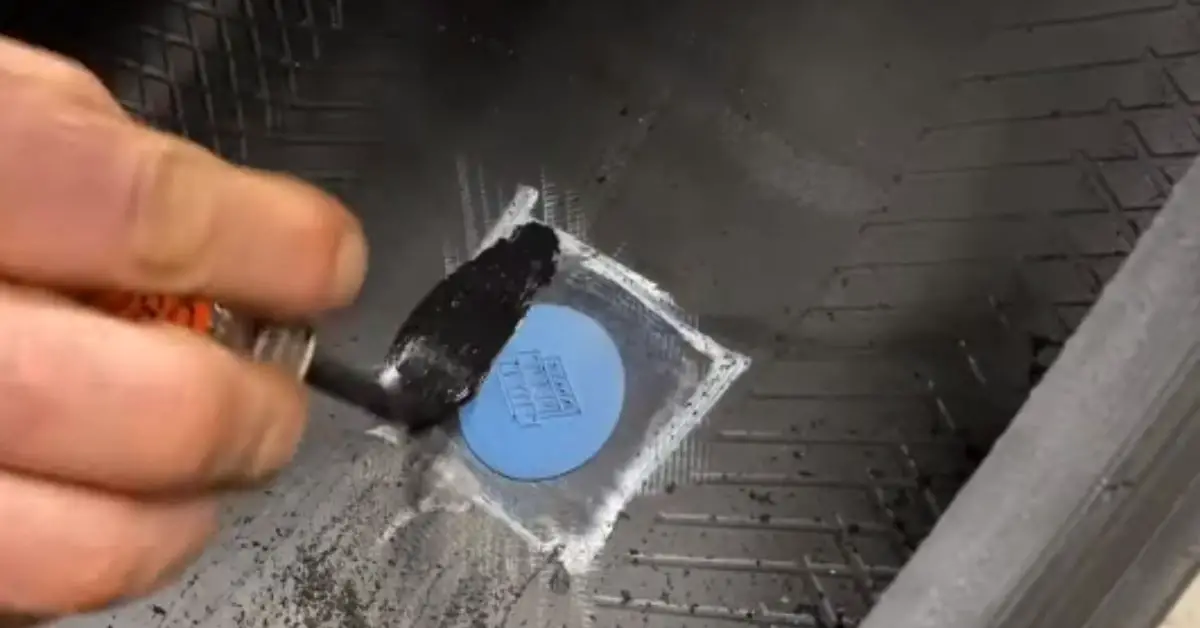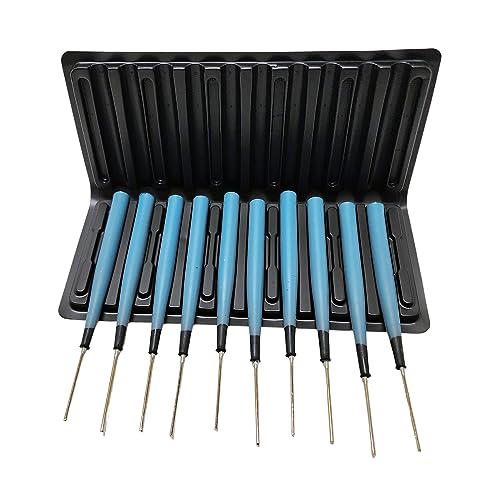You’ve just patched your tire and might be wondering how long that fix will hold. It’s a common question, especially if you’re relying on that patch to keep you safe on the road. Understanding the longevity of a patched tire can help you make informed decisions about your vehicle’s maintenance.
Patched tires can last quite a while, but several factors influence their durability. The quality of the patch, the type of damage, and your driving habits all play crucial roles. Let’s dive into what you need to know to ensure your tire patch lasts as long as possible.
Understanding Tire Patching
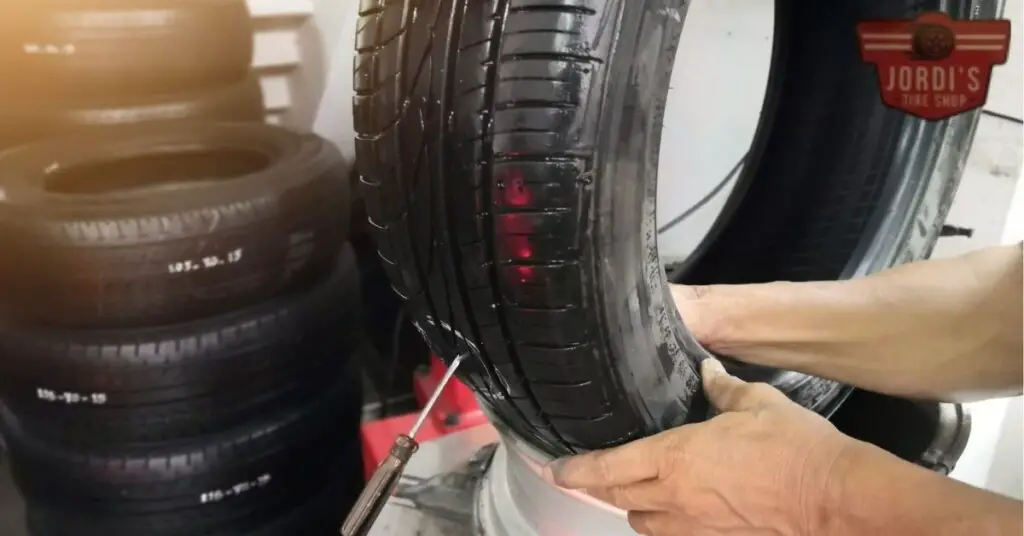
Understanding tire patching is essential for maintaining your vehicle’s health. Patching a tire properly ensures safety and enhances the tire’s longevity.
What Is Tire Patching?
Tire patching involves sealing a puncture in the tire tread. A professional technician usually applies a rubber patch on the inside of the tire. The process includes cleaning the puncture area, applying adhesive, and pressing the patch securely. This method works best for punctures in the tread area and not on the sidewalls.
Types of Tire Repair
Tire repairs mainly include patching, plugging, and a combination of both.
- Patching: Seals the puncture from the inside with a rubber patch. Suitable for larger punctures, enhancing the tire’s integrity.
- Plugging: Uses a sticky rubber plug inserted into the puncture from the outside. Best for small holes or nails.
- Patch-Plug Combination: Combines both methods, providing a more comprehensive repair for severe damage.
Proper repair ensures tire safety and durability, optimizing the tire’s performance over time.
Factors Affecting the Lifespan of a Patched Tire
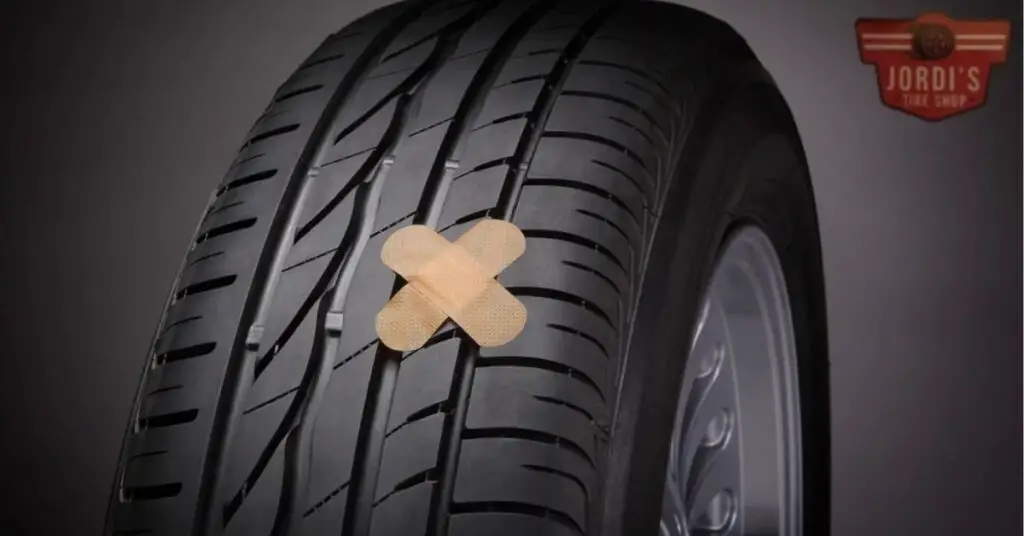
Several factors affect how long a patched tire lasts. Understanding these factors ensures you maximize the lifespan of your tire repairs.
Quality of the Patch Job
The quality of the patch greatly impacts tire longevity. Professional repairs using proper materials extend tire life. Technicians use a rubber patch to seal punctures, ensuring a secure bond. DIY patch kits are less effective, risking further damage or shorter lifespan. Always choose a service with a proven track record in tire repairs to ensure optimal results.
Type of Damage to the Tire
Damage type plays a crucial role in how long a patch lasts. Small punctures in the tread area are easier to repair and typically have a longer life. Sidewall damage, large gashes, or multiple punctures reduce the effectiveness of patches. Severe damage often necessitates replacing the tire entirely, as patches may not hold under stress.
Tire Maintenance and Use
Proper tire maintenance extends the life of a patched tire. Regularly check tire pressure twice a month to prevent uneven wear. Rotate and balance your tires every 5,000 to 7,000 miles to ensure even wear patterns. Avoiding rough terrain and heavy loads also helps a patched tire last longer. Regular inspections catch minor issues early, ensuring prompt repairs before major damage occurs.
Comparison Between Patched and New Tires
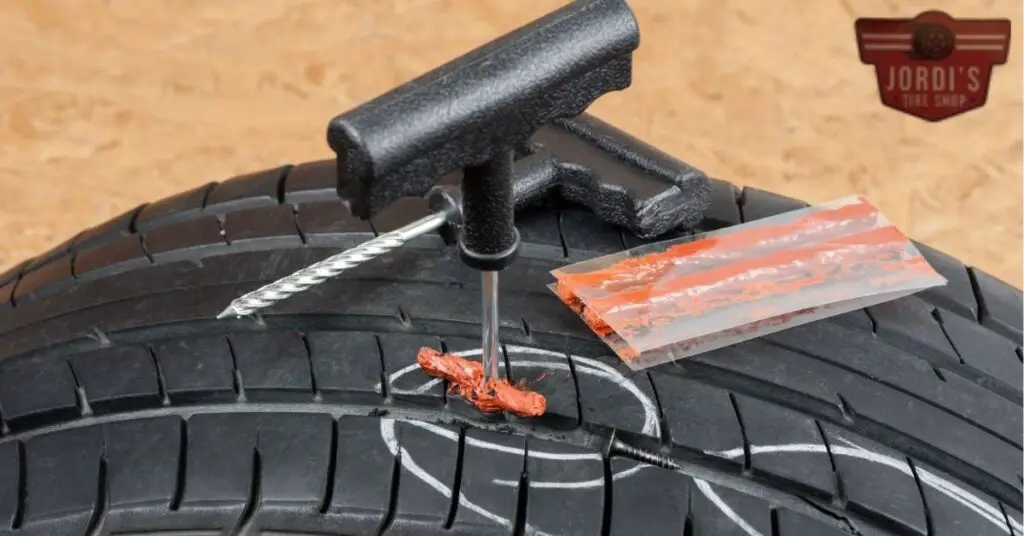
Understanding the differences between patched and new tires can help you make informed decisions about your vehicle maintenance. Each option has its merits, depending on various factors such as performance and cost-effectiveness.
Performance Differences
Patched tires can restore functionality, but new tires offer superior performance. A patched tire provides reliable service if the repair is done properly and the damage is minor. A study by the Tire Industry Association found that professionally patched tires can last thousands of miles. However, they may not handle as well as new tires in terms of traction and stability. New tires bring optimal tread depth, which translates to improved grip, especially in adverse weather conditions like rain or snow. Moreover, new tires offer better fuel efficiency due to reduced rolling resistance.
Cost-Effectiveness
Patched tires present a more budget-friendly option compared to new tires. While a tire patch can cost between $10 and $30, a new tire can range from $100 to $500 depending on the brand and type. For those looking to save, patching extends the tire’s life without the immediate cost of new tires. According to Consumer Reports, patching can effectively prolong a tire’s lifespan if the damage is localized and non-severe. However, repeatedly patching a tire for new damages may diminish its overall integrity. If your tires experience frequent damage, investing in new tires might be more cost-effective in the long run.
Tips to Extend the Life of a Patched Tire
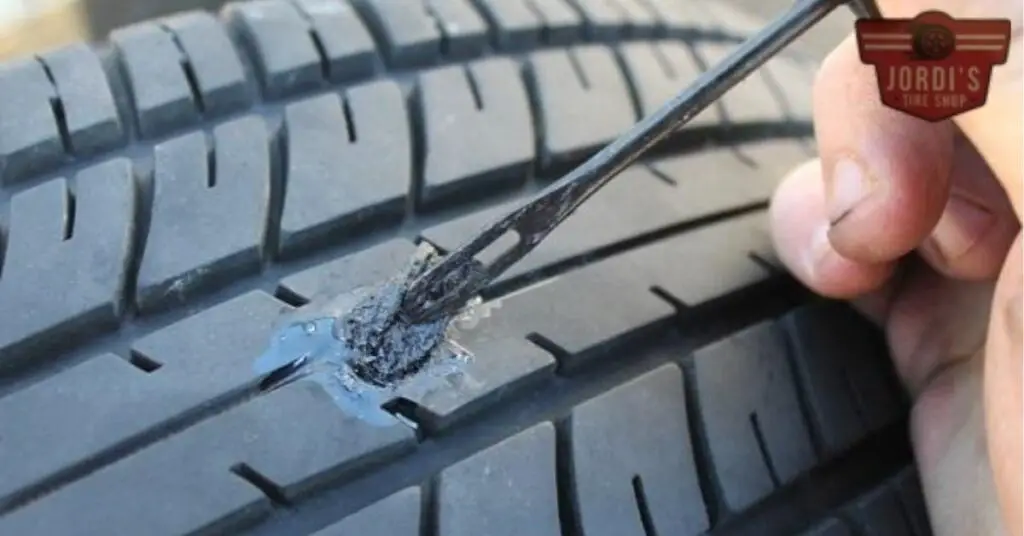
Proper maintenance significantly extends the life of a patched tire. Implement these practices to maximize your tire’s longevity.
Regular Tire Inspections
Regular inspections identify issues before they worsen. Check for new punctures, embedded objects, and general wear. Look for sidewall damage, uneven tread wear, and any signs of the patch failing. Inspect bi-weekly or at least once a month to ensure early problem detection. Immediate action prevents further degradation.
Proper Tire Pressure Maintenance
Proper tire pressure enhances tire performance and lifespan. Under-inflated tires increase wear, affecting patch durability. Over-inflated tires can lead to blowouts. Use a reliable tire gauge to check pressure monthly and before long trips. Refer to your vehicle’s manual for manufacturer-recommended pressure levels. Consistent pressure maintenance ensures optimal contact with the road, reducing the strain on the patched area.
Conclusion
Understanding how long a patched tire lasts is crucial for making informed decisions about vehicle maintenance. By ensuring professional repairs and adhering to regular maintenance practices, you can significantly extend the life of a patched tire. While patched tires offer a cost-effective solution for minor damages, always weigh the benefits against the superior performance and safety of new tires. Regular inspections and proper tire pressure maintenance are key to maximizing your tire’s lifespan. Ultimately, whether you opt for patching or new tires, prioritizing tire health ensures safer and more efficient driving.
Related Posts:
- How Much Does an Alignment Cost at Big O Tires? Your Complete Guide
- How Long Can You Drive on a Plugged Tire? Safety Tips and Expert Advice
- How to Fix Tire Cupping: Easy DIY Steps & Expert Tips to Prevent Uneven Wear
- How to Fix Tire Squeaks When Turning: Causes, Solutions, and Prevention Tips
- Plug vs Patch Tire: Which Flat Tire Repair Method is Best for You?
- What Does Service Tire Monitor System Mean? Comprehensive Guide to STMS & Latest Innovations
- How to Cut Tires in Half Safely for DIY Projects and Gardening
- How to Fix Inner Tire Wear: Key Tips for Alignment, Suspension, and Maintenance
- How Long Does a Patched Tire Last? Tips for Maximizing Tire Lifespan

